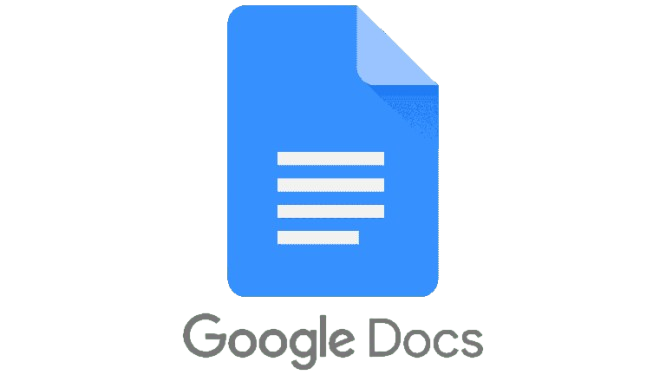
What is Content Writing?
A content writing job involves creating written materials designed to inform, engage, persuade, or entertain a specific audience. These materials can include blog posts, website content, product descriptions, marketing copy, emails, social media posts, eBooks, and more. The goal is often to drive traffic, increase brand awareness, or achieve specific business outcomes like conversions and sales.
Initials: The content writing niche does not require an initial investment, as you can start by leveraging your writing skills and free platforms to find clients.
How Much Can You Earn with Content Writing Annually?
Beginner Level (0–2 years)
What You Do: Writing basic content like blog posts, product descriptions, and general website content.
Annual Revenue: $20,000 – $35,000
Intermediate Level (2–5 years)
What You Do: Creating SEO-optimized articles, technical writing, and niche-specific blogs in areas like tech, finance, or lifestyle.
Annual Revenue: $35,000 – $60,000
Expert Level (5+ years)
What You Do: Managing content strategies, producing advanced content like whitepapers, eBooks, or marketing materials that drive business growth.
Annual Revenue: $60,000 – $100,000+
Advanced Roles (Specialized)
What You Do: Creating high-impact content such as sales copy, data-driven reports, or leading content campaigns for brand growth.
Annual Revenue: $70,000 – $150,000+

Best Software for Content Writers
Here are some of the best software options for content writing jobs:
What It Does: Grammarly is an AI-powered writing assistant that checks grammar, spelling, punctuation, and style in your content.
How It Helps: It ensures error-free, professional writing by offering real-time suggestions.
Grammarly also analyzes tone, readability, and clarity, helping writers tailor their work to specific audiences.
The plagiarism checker ensures originality in your content, especially for SEO and academic writing.
It’s available as a browser extension, desktop app, or within platforms like Google Docs.

What It Does: A readability-focused tool that highlights complex sentences, passive voice, and hard-to-read sections in your text.
How It Helps: Simplifies your content to make it concise and reader-friendly.
Hemingway assigns a readability grade, helping you adjust the complexity to suit your audience.
The tool uses color-coded highlights to make editing intuitive and efficient.
Perfect for writers aiming to create content that is clear, engaging, and accessible.

What It Does: A free, cloud-based word processor that allows you to create, edit, and collaborate on documents in real-time.
How It Helps: Enables seamless collaboration with clients or team members through commenting and editing features.
Autosave functionality ensures you never lose progress, and offline mode allows you to work anywhere.
Easily integrates with other tools like Grammarly, SEO extensions, and project management platforms.
It is Ideal for organizing content drafts, sharing with clients, and maintaining a professional workflow.

What It Does: A comprehensive SEO and content marketing tool that provides keyword research, competitor analysis, and content performance tracking.
How It Helps: Assists writers in creating content optimized for search engines by identifying the best keywords and trends.
SEMrush’s Content Analyzer helps evaluate readability, SEO-friendliness, and engagement metrics.
It provides topic ideas and insights into competitor strategies to help you craft high-performing content.
Great for content writers focused on blogs, eCommerce, and long-form articles that rank well in search engines.

Essential Physical Equipment for Content Writers
Below is a list of basic and additional equipment you need to start Content writing:
Basic Equipment
Computer or Laptop
Why It’s Essential: The primary tool for researching, writing, editing, and managing content.
Key Features to Look For: Reliable keyboard for long writing sessions.
8GB+ RAM and a decent processor (Intel i5/i7 or equivalent).
Popular Choices: Apple MacBook Pro, Dell Latitude 3550 Business Laptop
Ergonomic Furniture
Purpose: Offers comfort during long work hours, boosting productivity and preventing strain.
Popular Choices: Marsail Ergonomic Office Chair, ErGear Height Adjustable Electric Standing Desk
High-Speed Internet Connection
Why It’s Essential: A reliable connection is crucial for research, communicating with clients, and accessing cloud-based tools.
Popular Choices: Google Wifi
Additional Equipment (Optional but Beneficial):
Noise-Canceling Headphones
Why It’s Useful: Ideal for focused writing sessions and virtual meetings.
Popular Choices: Sony WH-1000XM5
External Keyboard and Mouse
Why It’s Useful: Enhances typing efficiency and comfort, especially for laptop users.
Popular Choices: Lenovo 510 Wireless Keyboard & Mouse Combo, Dell Pro KM5221W Keyboard & Mouse
As an Amazon Associate, I earn from qualifying purchases.
Learn Content Writing
YouTube Tutorial: Content Writing Tutorial for Beginners | What Is Content Writing | Content Writing Jobs |Simplilearn
Quick Tips for Learning Content Writing Skills
Master Grammar and Style: Hone your language skills and familiarize yourself with common writing styles.
Understand Your Audience: Learn to tailor your tone and content to suit different readers.
Focus on SEO: Study keyword research, on-page SEO, and how to write search-optimized content.
Practice Writing Daily: Write consistently to improve speed, clarity, and creativity.
Learn Storytelling: Understand how to craft compelling narratives that engage readers.
Research Skills: Master the art of finding credible sources and organizing information.
Explore Content Types: Experiment with blogs, articles, web content, scripts, and social media posts.
Use Writing Tools: Familiarize yourself with Grammarly, Hemingway Editor, and content planning tools.
Take Online Courses: Enroll in content writing classes to learn structured techniques and strategies.
Seek Feedback: Share your work with peers or mentors to identify areas for improvement.
